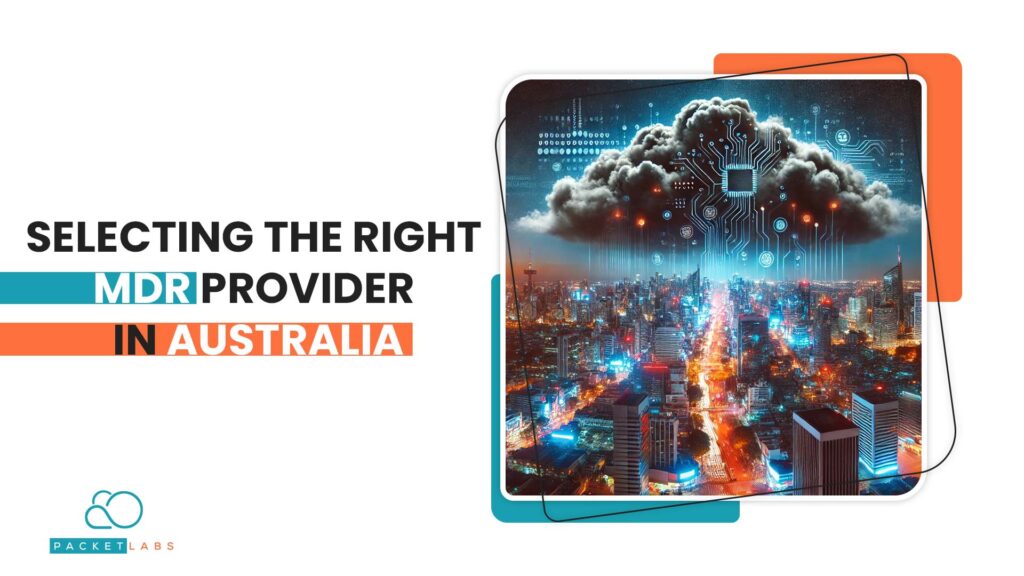
The Australian cyber threat landscape is a constantly evolving battleground. In 2023, the Australian Signals Directorate (ASD) responded to over 1,100 cybersecurity incidents, highlighting the escalating volume and sophistication of attacks [Australian Cyber Security Centre, ASD Cyber Threat Report 2022-2023]. These incursions can cripple critical infrastructure, disrupt essential services, and inflict significant financial losses. For instance, the 2021 ransomware attack on Colonial Pipeline, a major fuel supplier in the United States, resulted in millions of dollars in ransom payments and widespread fuel shortages, demonstrating the real-world impact such attacks can have.
To navigate this increasingly perilous environment, Australian businesses require robust cybersecurity measures. Managed Detection and Response (MDR) services offer a comprehensive solution, providing continuous monitoring, threat detection, investigation, and response capabilities. By leveraging the expertise of skilled security professionals and advanced threat intelligence, MDR empowers businesses to proactively identify and neutralize cyber threats before they can inflict significant damage. This article serves as a comprehensive guide for Australian businesses seeking to navigate the process of selecting the most suitable MDR provider, ensuring they have a trusted partner to fortify their digital defenses.
What is MDR & Why is it Important for Australian Businesses?
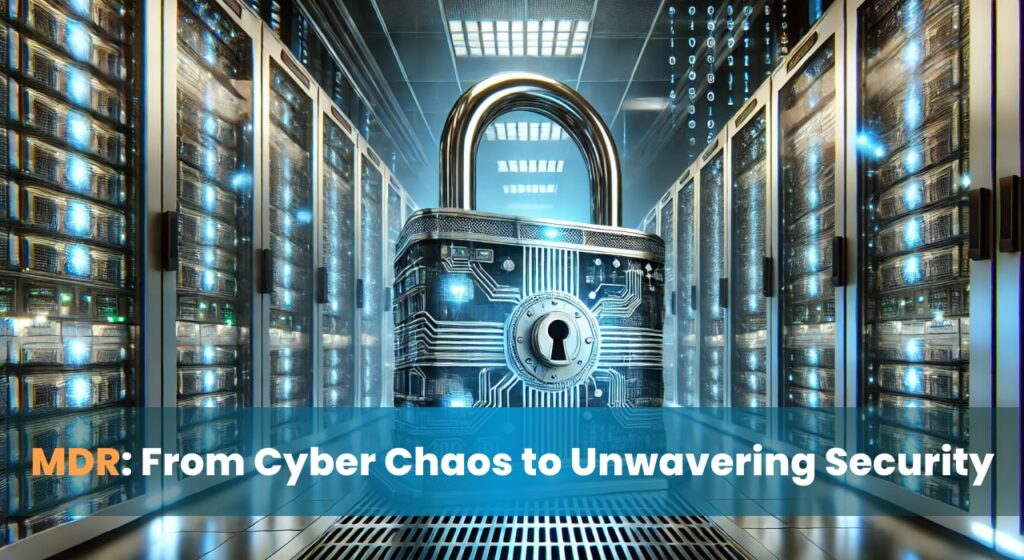
Managed Detection and Response (MDR) services act as a virtual cybersecurity extension for businesses, providing continuous monitoring, threat detection, investigation, and response capabilities. Imagine a skilled security team vigilantly watching over your IT infrastructure, 24/7, identifying and neutralizing malicious activity before it can disrupt operations or compromise sensitive data. That’s the essence of MDR.
Australian businesses face a pressing challenge: the cybersecurity skills gap. According to a 2023 report by the Australian Information Security Association (AISA), 80% of Australian organizations struggle to find qualified cybersecurity professionals. MDR services bridge this gap by offering access to a team of security specialists with the expertise to detect and respond to even the most sophisticated cyber threats.
Beyond addressing the skills shortage, MDR offers significant benefits for Australian businesses. Traditional security solutions often rely on reactive measures, leaving them vulnerable during the crucial first stages of an attack. MDR’s proactive approach allows for earlier detection, minimizing potential damage and downtime. Additionally, MDR providers leverage advanced threat intelligence to stay ahead of evolving cyber tactics, ensuring your defenses remain effective against the latest threats.
Furthermore, MDR can significantly support compliance with the Australian Cyber Security Centre’s (ACSC) Essential Eight Strategies. These strategies, a cornerstone of Australian cybersecurity best practice, outline eight critical measures to mitigate cyber risks. MDR services directly contribute to several Essential Eight elements, such as application control and patching applications. By implementing MDR, businesses can demonstrate a proactive approach to cybersecurity and streamline compliance efforts.
In today’s fiercely competitive and increasingly digital Australian business landscape, robust cybersecurity is no longer a nicety, but a fundamental requirement for success. MDR services offer a comprehensive and cost-effective solution, empowering businesses to focus on their core operations with the confidence that their digital assets are actively protected.
Key Considerations When Selecting an MDR Provider in Australia
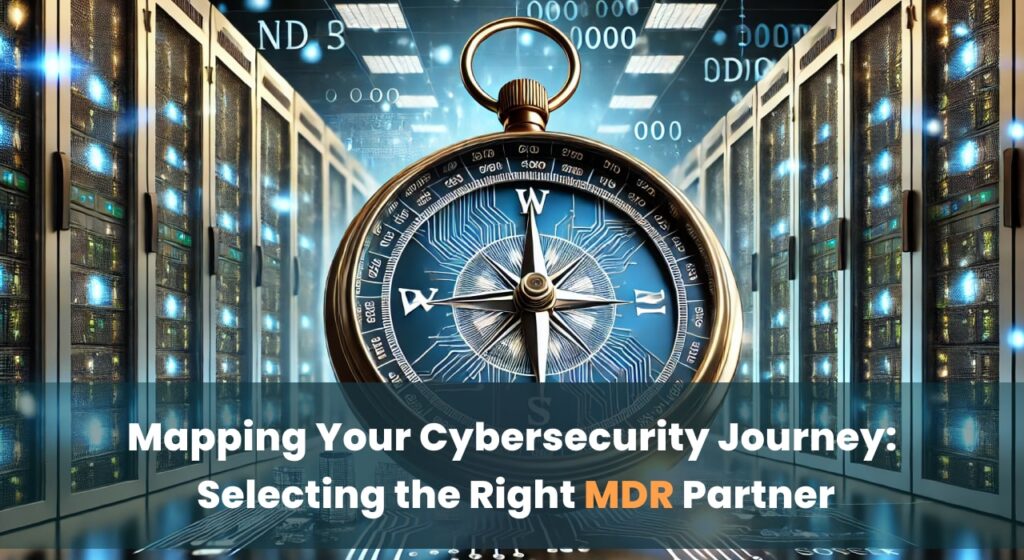
Choosing the right MDR provider is paramount for maximizing the effectiveness of your cybersecurity posture. Here are some crucial factors to consider during the selection process:
1. Security Expertise and Threat Intelligence
A competent MDR provider boasts a team of seasoned security professionals with a proven track record of thwarting cyber threats. Look for providers with experience in your specific industry and a deep understanding of the evolving threat landscape. Their expertise should be demonstrably validated through industry certifications, such as SOC 2 which verifies the robustness of their security controls. Additionally, prioritize providers with robust threat intelligence capabilities. These capabilities ensure they stay ahead of emerging threats by continuously analyzing global cyber threat data and incorporating this knowledge into their detection and response strategies.
2. Alignment with Your Business Needs and Industry
Not all cyber threats are created equal. Different industries face unique vulnerabilities and attack vectors. When evaluating MDR providers, assess their understanding of your industry’s specific security challenges. Do they offer tailored solutions that address these unique threats? Can they integrate seamlessly with any industry-specific security tools you already utilize? Choosing an MDR provider with demonstrably relevant experience in your industry fosters a more effective partnership.
3. Technology Stack and Integrations
Not all cyber threats are created equal. Different industries face unique vulnerabilities and attack vectors. When evaluating MDR providers, assess their understanding of your industry’s specific security challenges. Do they offer tailored solutions that address these unique threats? Can they integrate seamlessly with any industry-specific security tools you already utilize? Choosing an MDR provider with demonstrably relevant experience in your industry fosters a more effective partnership.
4. Security Operations Center (SOC) Capabilities
The MDR provider’s Security Operations Center (SOC) is the nerve center of their threat detection and response operations. It’s crucial to select a provider with a robust 24/7 SOC staffed by highly skilled security analysts who can continuously monitor your IT environment for suspicious activity. Furthermore, consider the potential benefits of a local SOC presence in Australia. A local team ensures better alignment with Australian time zones, facilitating faster response times in the event of a cyber incident.
| Factor | Description |
|---|---|
| Security Expertise & Threat Intelligence | Proven experience, industry knowledge, relevant certifications (e.g., SOC 2) |
| Alignment with Business Needs | Tailored solutions for your industry's specific threats |
| Technology Stack & Integrations | Compatibility with existing security infrastructure |
| Security Operations Center (SOC) Capabilities | 24/7 monitoring, skilled analysts, potential benefit of local presence |
Evaluation Process & Questions to Ask Potential Providers
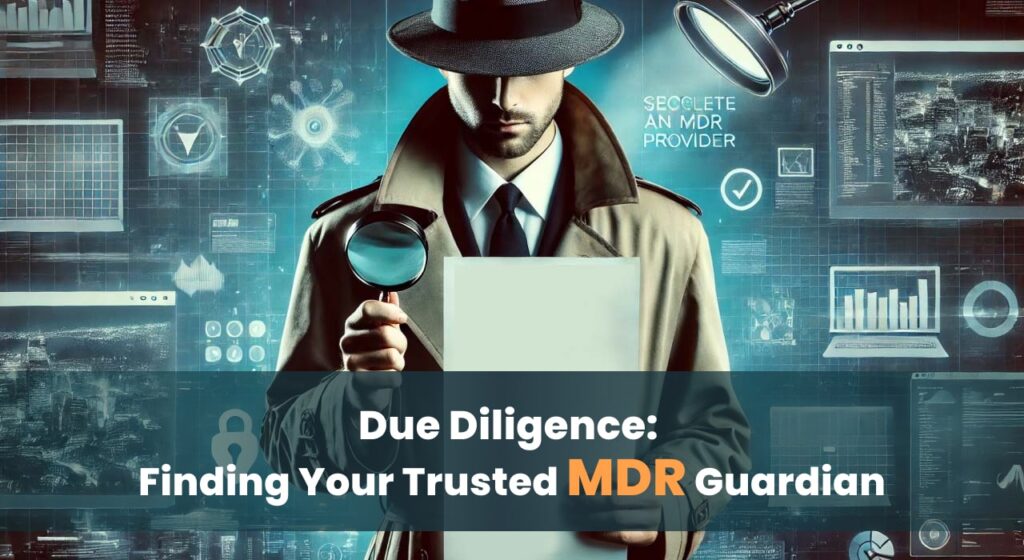
Selecting the most suitable MDR provider requires a thorough evaluation process. Here’s a recommended approach:
- Develop a shortlist: Leverage the key considerations outlined previously to shortlist MDR providers that align with your specific security needs and budget.
- Request proposals (RFPs): Issue a Request for Proposal (RFP) to shortlisted providers, outlining your security challenges, desired service level agreements (SLAs), and budget expectations. An RFP ensures all providers respond to the same criteria, facilitating a more comparative evaluation.
- Conduct demos and proof-of-concepts (POCs): Schedule demonstrations of the shortlisted providers’ MDR platforms. This allows you to assess the user interface, functionality, and reporting capabilities. Additionally, consider requesting a proof-of-concept (POC) to evaluate the provider’s ability to integrate with your existing security infrastructure and effectively detect simulated threats within your environment.
- Ask insightful questions: Engage in in-depth discussions with each shortlisted provider. Consider these crucial questions:
- Service details and pricing structure: Clearly understand the scope of services offered, pricing models (e.g., subscription-based or tiered pricing), and any additional costs associated with the service.
- Incident response procedures and communication protocols: Inquire about the provider’s incident response procedures, escalation protocols, and communication channels during a security event. Ensure clear and timely communication throughout the incident lifecycle.
- Client references and case studies: Request client references and relevant case studies that demonstrate the provider’s experience in handling similar security challenges faced by your industry.
By following this evaluation process and asking insightful questions, you can gain a comprehensive understanding of each provider’s capabilities and confidently select the MDR partner that best safeguards your organization’s digital assets.
Cost Considerations and Return on Investment (ROI)
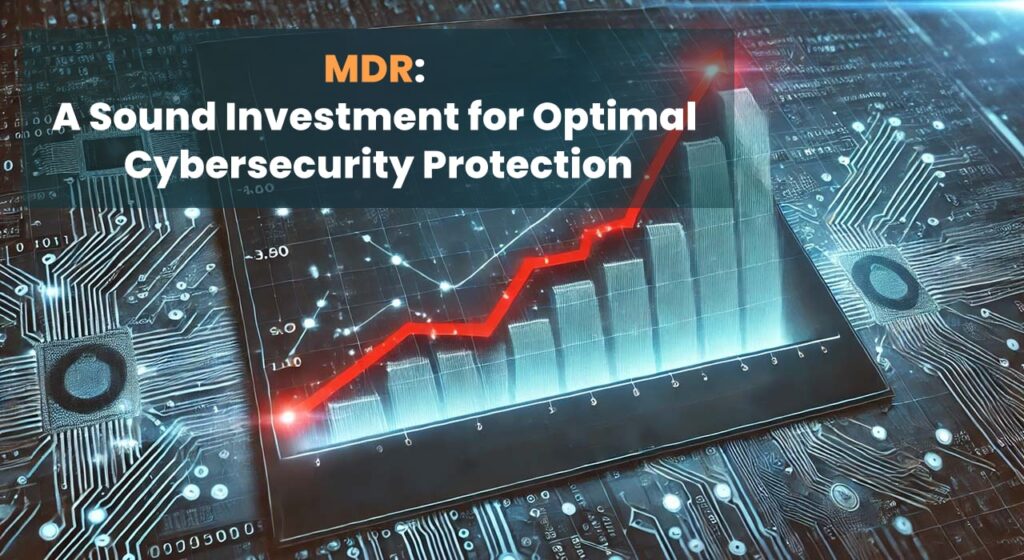
The cost of MDR services varies depending on several factors, including the size and complexity of your IT infrastructure, the desired level of service, and the specific features offered by the provider. While MDR represents an investment, it’s crucial to evaluate it through the lens of Return on Investment (ROI).
The financial benefits of MDR extend far beyond the initial service fee. Consider the potential cost savings associated with a strengthened cybersecurity posture. Effective MDR can significantly reduce the risk of successful cyberattacks, which can translate to substantial financial benefits. Data breaches and ransomware incidents often incur hefty costs, including remediation efforts, regulatory fines, and reputational damage. MDR helps mitigate these risks, safeguarding your organization’s financial well-being.
Furthermore, MDR can minimize downtime caused by cyberattacks. Business disruptions due to security incidents can lead to lost productivity, revenue, and customer trust. MDR’s proactive approach to threat detection and response allows for faster incident resolution, minimizing downtime and ensuring business continuity.
By calculating the potential cost savings from a bolstered security posture, reduced downtime, and minimized financial repercussions of cyberattacks, you can demonstrably illustrate the ROI associated with MDR services. A well-chosen MDR provider can be a cost-effective investment that safeguards your organization’s critical data and operations in the ever-evolving cyber threat landscape.
The Australian cyber threat landscape demands a proactive approach to cybersecurity. Businesses seeking robust protection can leverage Managed Detection and Response (MDR) services. By carefully considering factors like security expertise, industry alignment, and SOC capabilities, you can select an MDR provider that seamlessly integrates with your existing security infrastructure. Remember, MDR goes beyond basic threat detection – it offers a comprehensive security shield, minimizing downtime and mitigating the financial repercussions of cyberattacks. A trusted MDR partner empowers you to focus on core operations with the peace of mind that your digital assets are actively protected.
